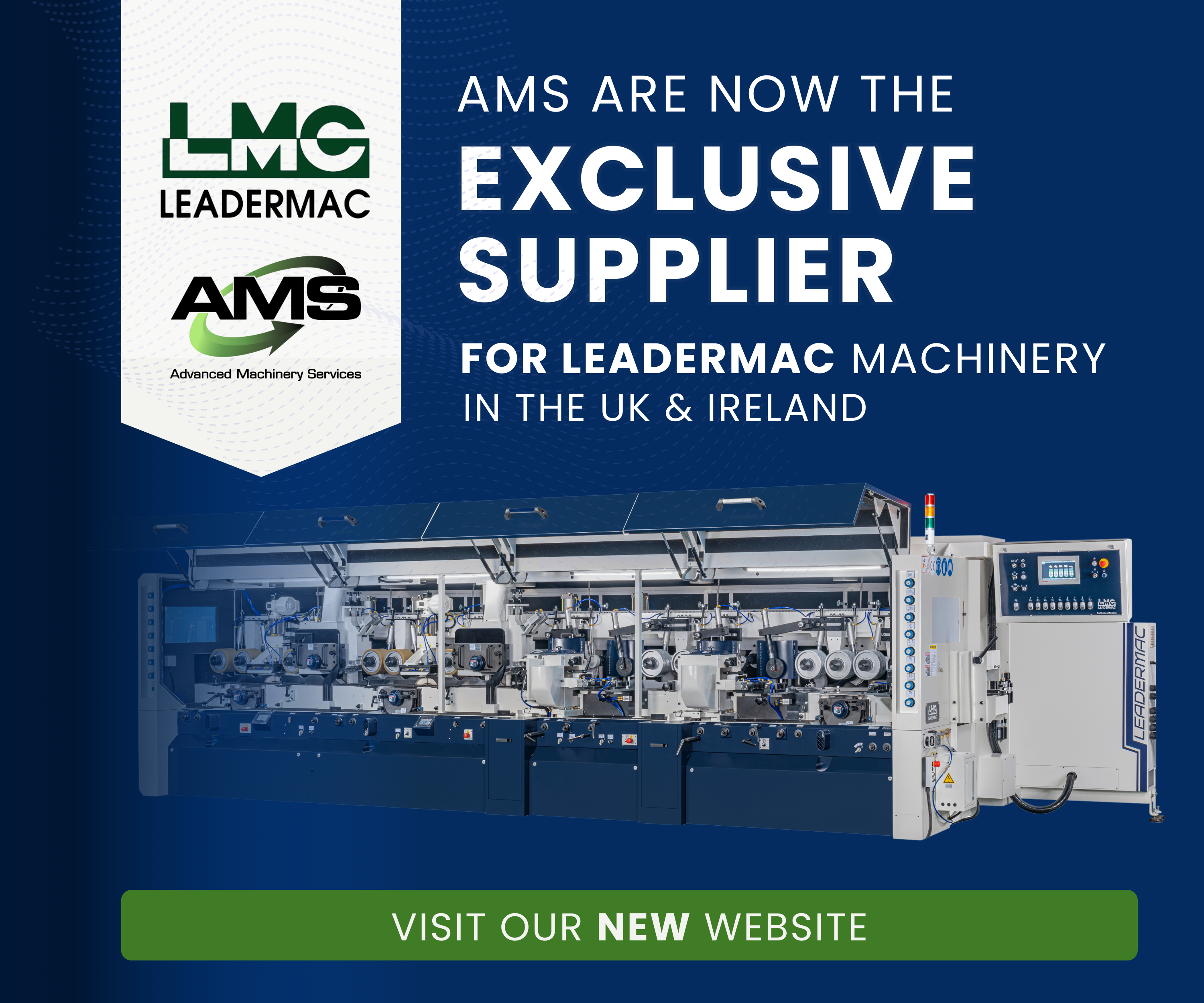When you’re investing in a vertical panel saw, asking the right questions during the buying process is crucial, and could result in you making the right or wrong decision for your business. But, with new products and technology continuing to enter the market, do you know the right questions to ask and the main factors to consider when making your choice?
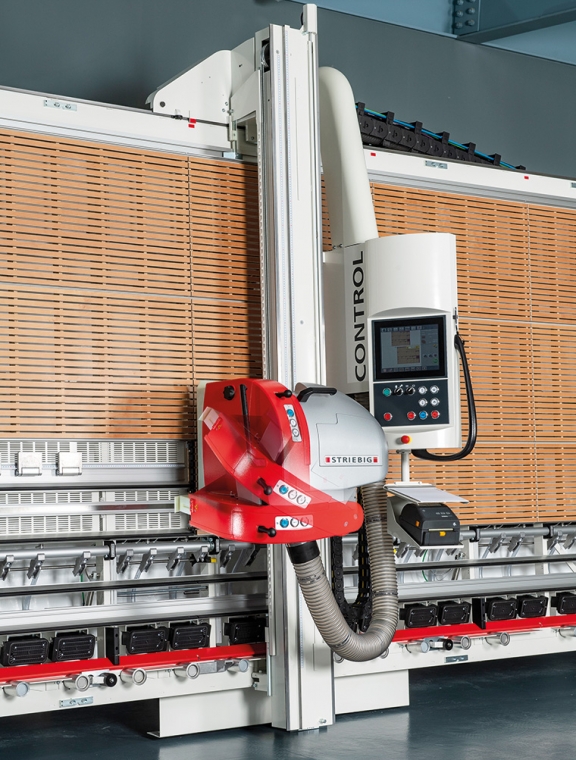
“TM Machinery has been selling Striebig vertical panel saws for over 30 years,” says Matt, “and in this time, we’ve found solutions for some seriously challenging applications – after all, that’s what we’ve been trained to do. But for those who are looking to purchase a vertical panel saw for the very first time, or those that are looking to re-invest in a modern saw, there are several things you should consider before you buy.
“First and foremost, we recommend that you research the different manufacturers on the market,” says Matt. “We believe that, regardless of the type of machine you’re buying, the best machines are made by companies that specialise in their craft. You need to find out how long the company has been a specialist, if they have a good reputation within the industry, and if they are leaders in their field. Answers to these questions will certainly point you in the right direction.”
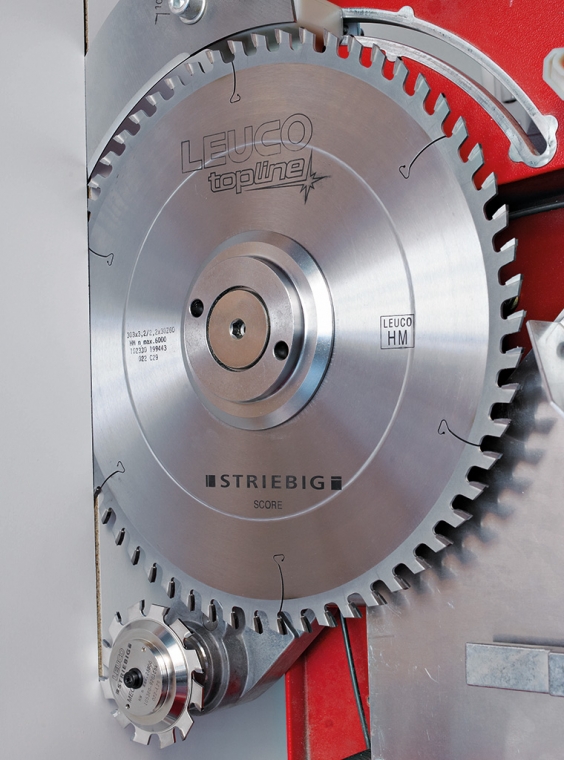
With over 70 years of experience, the Striebig brand is synonymous with longevity, pin-point accuracy and build quality. Striebig does not over-complicate its machines, or attempt to attract customers with a wealth of unnecessary high-tech gadgets. “It’s what is underneath that’s important,” stresses Matt.
“Take Striebig’s mechanical moving frame system as an example. It has been in place for 52 years but, requiring no compressed air, it continues to be the most reliable on the market. For Striebig, the changes they make to their machines aren’t revolutionary, they are evolutionary, and as a result, their engineering and build quality sets them apart.”

Upon finding the right manufacturer, finding the right model is the next step, but Matt warns not to be ruled only by budget – this approach could end up being a false economy. He explains: “There is a wealth of different models on the market, but our approach is tailored to our customers’ requirements.
“Don’t buy off a spec sheet – this will not give you an opportunity to see and feel the difference for yourself. Come to us with a clear idea of what you want to achieve – including the space you have, the materials you want to cut and the projects you want to work on – and we will help you find the right solution for your business. We are experts in our field, so take advantage of our experience and understanding of the machines. It will pay dividends.”

While the capabilities on each machine in the Striebig range differ, every Striebig model, regardless of its cost, is built around a single, precision-engineered welded frame. Matt explains: “All models are made to the same tolerances and come with an automatic moving frame and fixed transport rollers as standard.
“As well as the same heavy-duty ergonomics, additional features like scoring saws and digital read-outs are also built exactly the same way on every model. As you go up the range, what you do get is more power, a bigger cut depth and more automation. Non-standard machine sizes can also be specified up to 800mm taller and 6m longer if required.”
The level of automation needed should also be taken into account. “There are a lot of advantages to automation, but not always ones you’d expect,” says Matt. “It’s a common misconception that automation will halve your production times. While there are definitely time savings to be made, it’s important to remember that the saw needs to carry out the same cutting process, regardless of whether this is done manually or automatically.
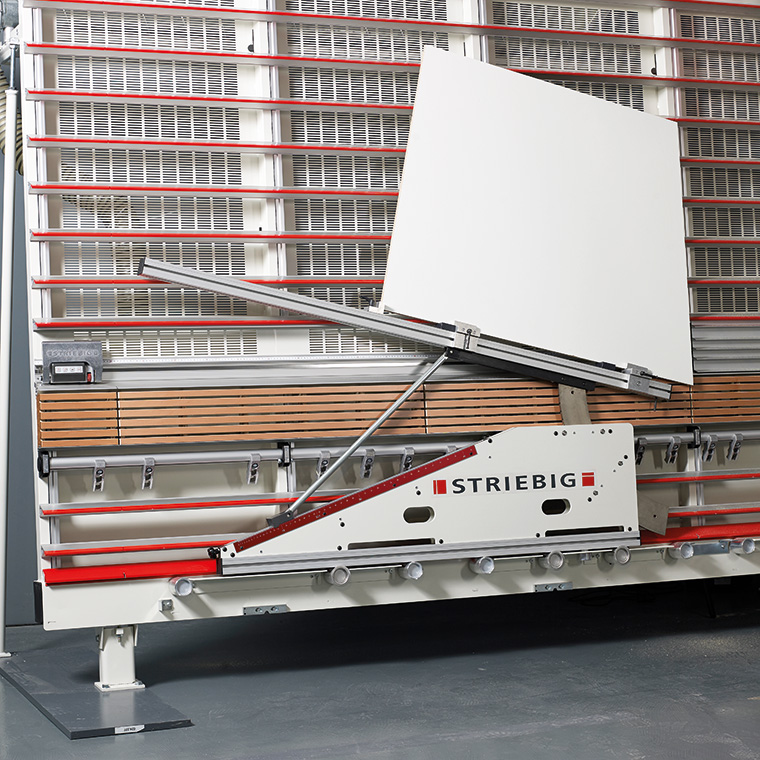
“On a Striebig, a fully automated cut cycle with adjustable feed speed, automatic beam and sawhead positioning and panel-end detection allows the saw to work continuously and with minimal operator intervention. This in turn reduces the chance of human error and protects the saw against operator misuse and costly breakdowns – but you need to weigh up if the extra investment will benefit your business model.”
Matt continues: “Striebig’s OptiDivide, BaseCut and Expert Cut optimisation software options have the ability to improve your workflow and reduce the skill level needed to optimise production. The OptiDivide can also be retrofitted if required at a later date, or added to older saws.”
The software can create cutting lists that direct both the machine and the operator. It can also generate labels with barcodes, QR codes or descriptions for effective processing and stock management. Additional stock and waste management software can also be integrated into this for extremely efficient production.
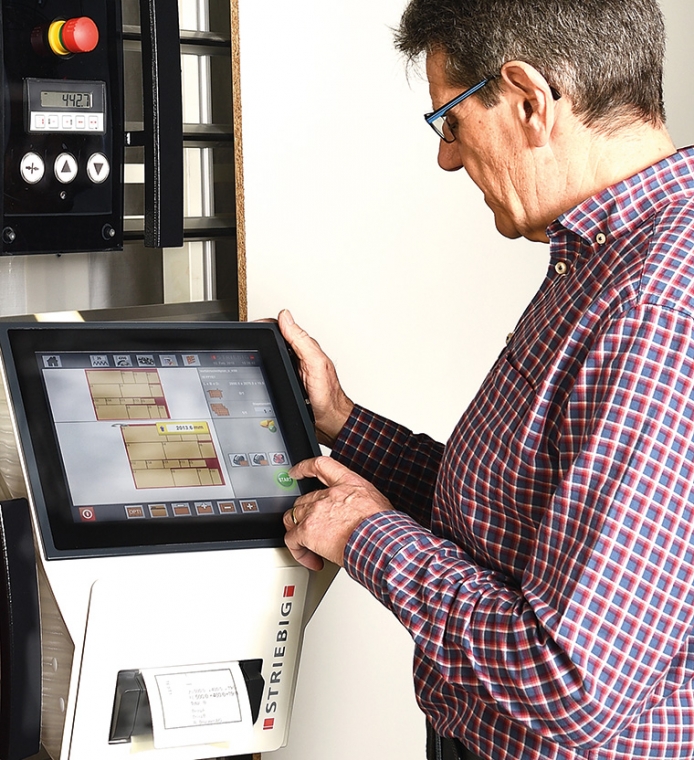
And finally, it is important to consider the after-care service your supplier offers. Matt says: “Don’t be put off talking to existing customers or asking to see their machines in use. Also, be sure to ask how many engineers they have that have been trained on this machine by the manufacturer, how quickly they can get to you if something happens. and whether they have spare parts that are readily available. Your choice of vertical panel saw cannot be solely made on the machine itself.”
At TM Machinery, the entire team has been trained by Striebig in order to offer the very best service. Matt says: “We also have an unrivalled service division, holding over £350,000-worth of spare parts in our Leicester-based premises, including spares suitable for machines up to 50 years old. This investment in the brand allows our team to act quickly to solve problems on-site without the need for repeat visits. We also actively encourage our customers to share their experiences, which, in turn, offers our new customers a valuable insight into the way we operate.
“To those looking to invest in a new vertical panel saw, my advice is don’t shy away from asking questions. If a supplier knows their stuff, they will always have the answer.”
0116 271 7155
www.tmmachinery.co.uk







